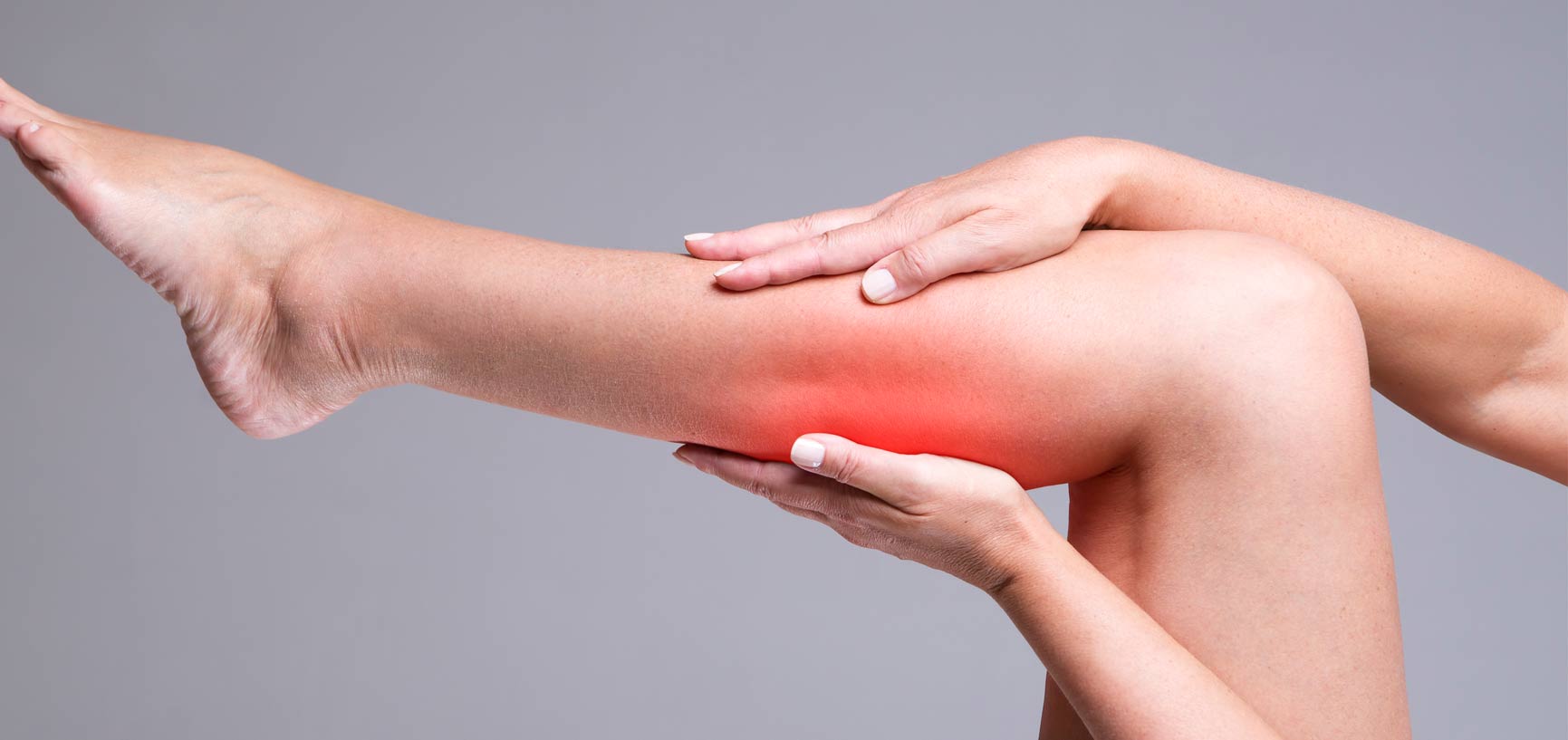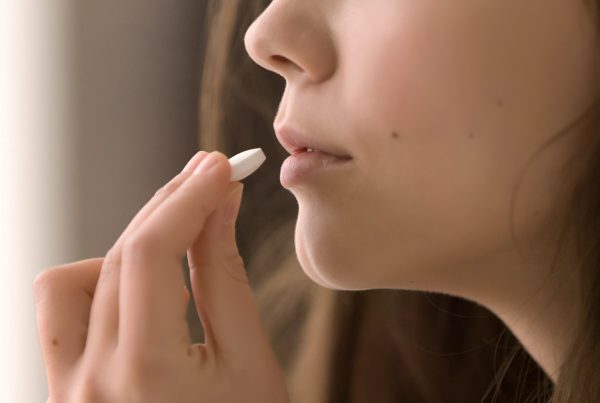Cramps can be a real nightmare, especially when they wake you at night. Leg cramps most commonly hit your calves and hamstrings, though they can show up in just about any muscle. These are sudden, painful involuntary contractions and besides the sudden, sharp pain, you might also feel or see a hard lump of muscle tissue beneath your skin. The cramp usually only lasts a few minutes and sometimes the pain is quite severe and can make it temporarily impossible to use the affected muscle. As we get older we become more prone to experiencing leg cramps – about 1 in 3 people over the age of 60 years and half of people over 80 have regular leg cramps. Dehydration, prolonged sitting, or not getting enough potassium, calcium or magnesium in the diet can be associated with leg cramps. So can certain medications – including diuretics, beta blockers and other blood pressure drugs. Sometimes cramps may be related to an underlying condition, such as hyperthyroidism and diabetes. These conditions can disrupt your metabolism and can also cause muscle cramps.
You can often treat muscle cramps with self-care measures. Gently rubbing a cramped muscle can help it relax and stretching also can ease a spasm. To relax tense muscles, apply ice or a cold pack directly to the area where you feel cramping. For a calf cramp, try standing and putting your weight on the leg in question and then slightly bending your knee. If you’re in too much pain to stand up, straighten your leg and flex the top of your foot toward your head. Leg cramps can take you by surprise but there are some preventive steps you can take.
Hydrate
Drinking water and other liquids throughout the day can keep you from becoming dehydrated. It can also help your muscles contract and relax more easily. Those in hotter climates or in just plain in warmer weather are more likely to get cramps during activity, as there is more fluid loss. Muscles will not work as they should, causing strain – and then the cramps. Remember that children especially are known to be less hydrated when doing something physical, and therefore may cramp easier. Encourage your child, even if they just are active in school gym class, to drink water during the activity.
Electrolytes
Electrolytes are charged particles found in body fluids that form when salts dissolve in water or fluids. Electrolytes transmit electrical impulses necessary for proper nerve, muscle and heart function. Any imbalance in one or more of the major electrolytes, sodium, potassium, calcium and magnesium could contribute to leg cramps. Low levels of any of these minerals can allow the muscle to contract, but prevent it from relaxing. Simply increasing foods rich in these minerals can help. Even if you don’t need more sodium in your diet, you may need more of the others. Good food sources of magnesium are whole-grain breads and cereals, nuts and beans. You can get potassium from most fruits and vegetables, especially bananas, oranges and cantaloupes. Dairy foods supply calcium.
Sleep With Your Toes Supported
Positioning your feet is helpful. If you can “trap” your toes against your sheets, it can keep your foot from turning down and allowing your calf muscles to seize. Keep blankets and sheets loose. When lying on your back – prop up your feet with a pillow/cushion and when lying on your front – try to let your feet hang over the end of the bed. A tip for the moment you feel you’re getting a leg cramp is, while still in lying position, to stretch both arms up for one minute. You will feel the pain is slipping away slowly as blood is flowing into your legs.



